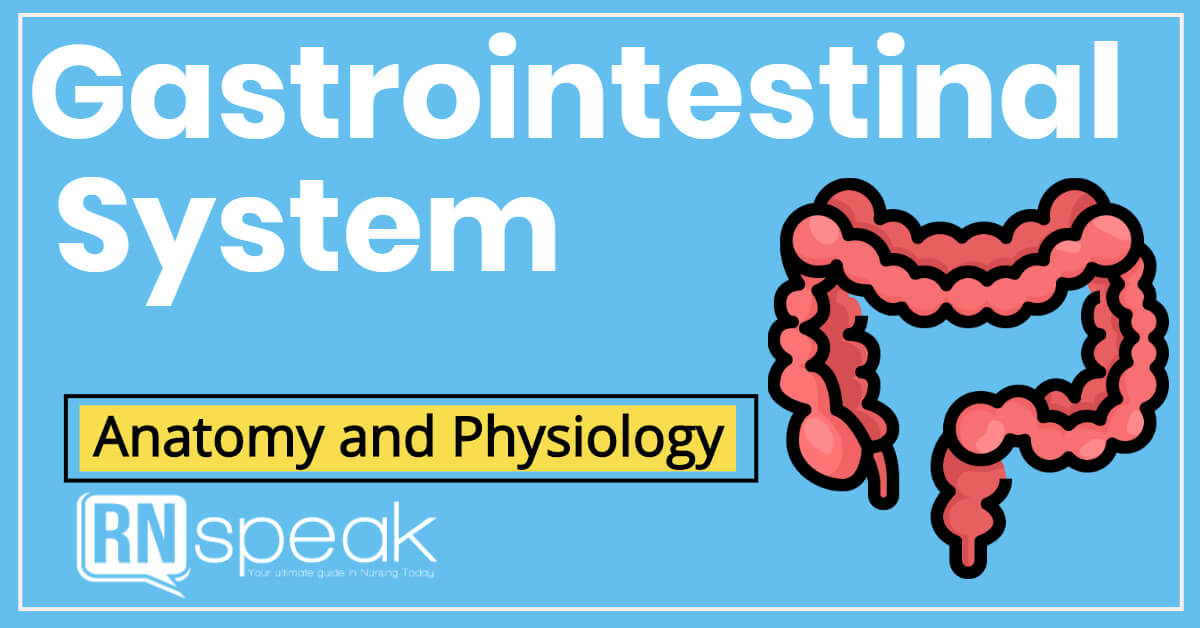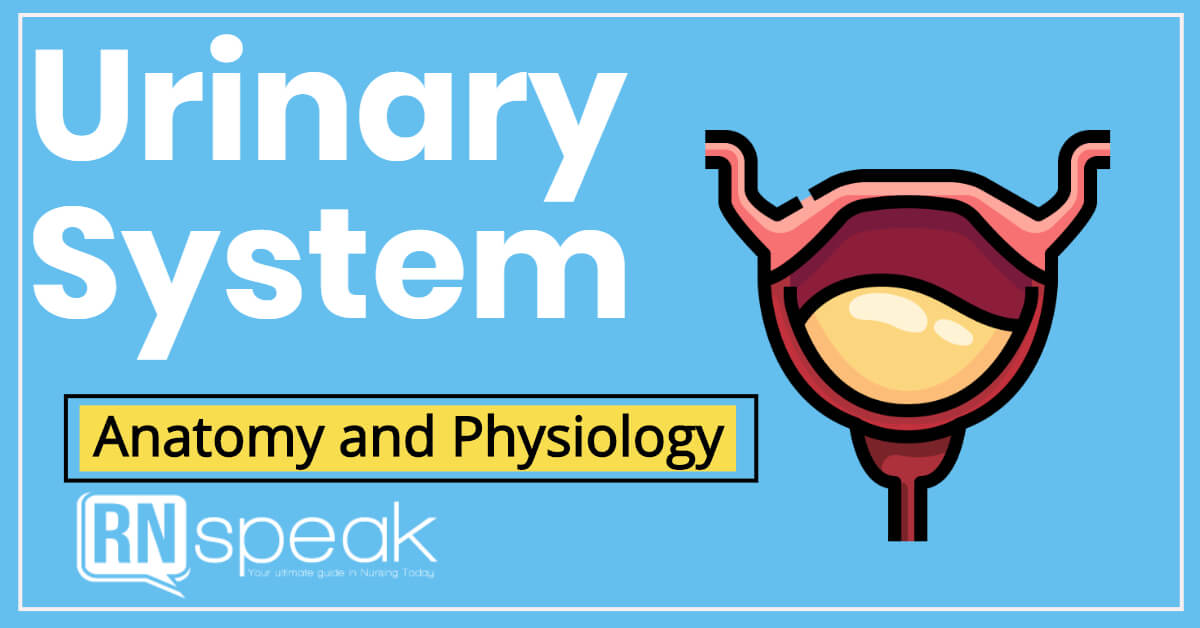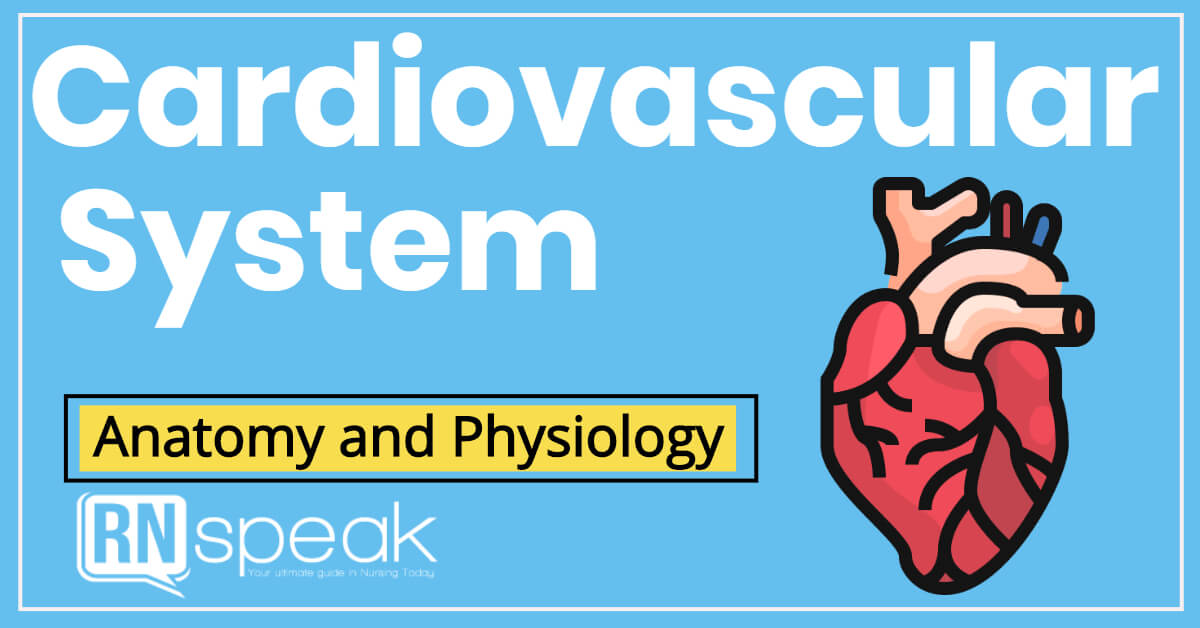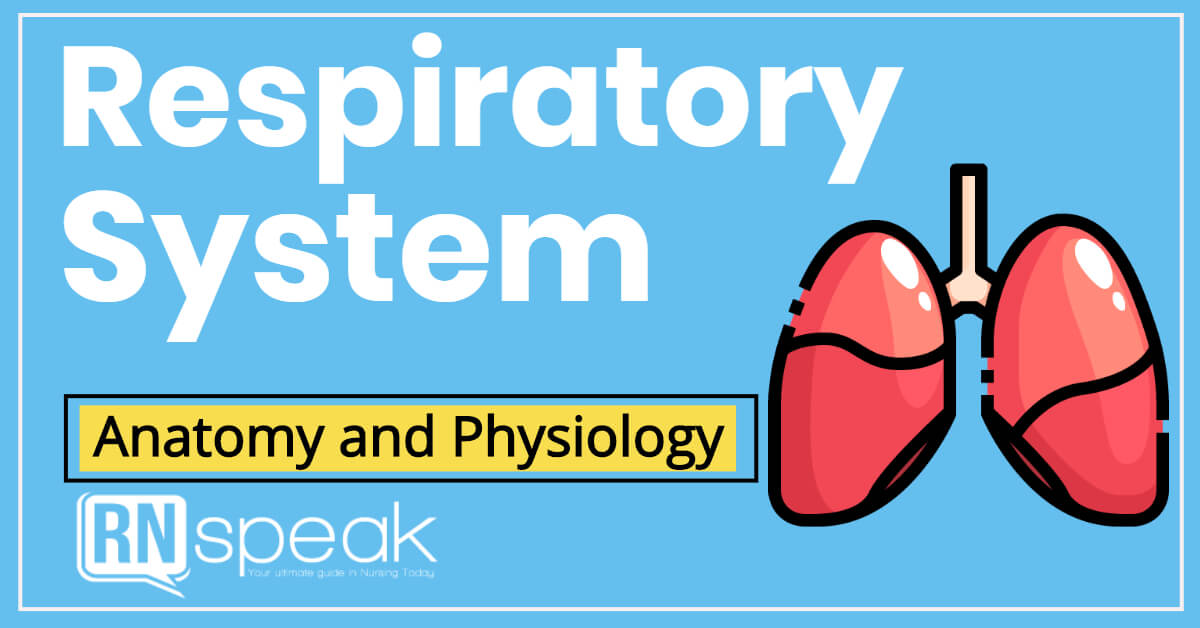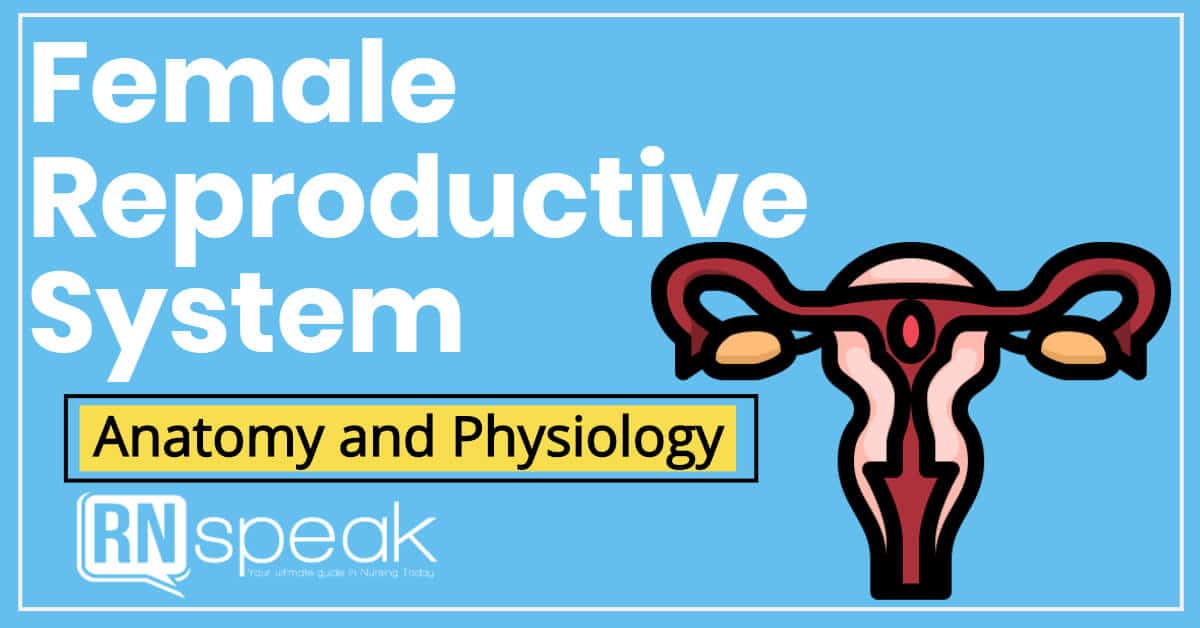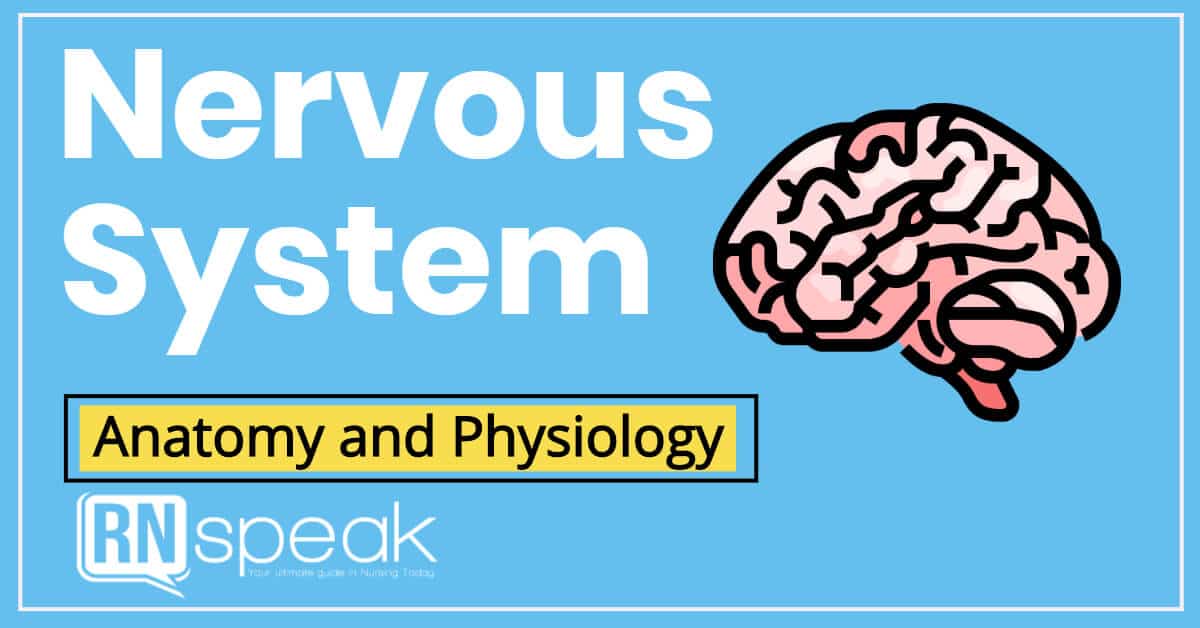 Have you ever wondered how all the sections of the body respond to each other? Which system employs both electrical and chemical means to facilitate communication and respond to the changes both inside and outside of the body?
Have you ever wondered how all the sections of the body respond to each other? Which system employs both electrical and chemical means to facilitate communication and respond to the changes both inside and outside of the body?
The nervous system is the command center of the body. It is controlled by the brain and governs actions, thoughts, and automatic responses to the environment. It also regulates other physiological functions and processes like digestion, respiration, and sexual development (puberty). The nervous system can be harmed by diseases, accidents, chemicals, and the normal aging process.
Functions of the Nervous System
- The nervous system’s first main role is sensation. Receiving information about the environment in order to get input about what is going on outside the body or, in some cases, within the body. The nervous system’s sensory processes detect the presence of a deviation from homeostasis or a specific event in the environment, known as a stimulus. Taste, smell, touch, sight, and hearing are the five senses. These five are all senses that receive stimuli from the outside environment and produce a conscious perception. Additional sensory inputs from the internal environment or inside the body could include the stretch of an organ wall or the concentration of particular ions in the blood.
- The nervous system generates a reaction in response to inputs experienced by sensory structures. All three forms of muscular tissue can be contracted by the nervous system.
- Voluntary response. Skeletal muscle contraction is governed by the somatic nervous system. For example, muscle movement such as removing one’s hand from a hot stove is an evident response.
- Involuntary response. Contraction of smooth muscles, regulation of cardiac muscle, and activation of glands that are governed by the autonomic nervous system.
- Stimuli received by sensory structures are conveyed to the nervous system, where they are processed. This is referred to as integration. Stimuli are compared to or integrated with other stimuli, memories of past stimuli, or a person’s mood at a specific time. This results in the exact response that will be produced.
Parts of the Nervous System
- Central Nervous System (CNS). It is made up of the brain and spinal cord. The brain sends messages to the rest of the body via the nerves. Myelin is a protective coating that surrounds each nerve. Myelin insulates the nerve and allows messages to pass through.
- It is the most complex organ in the human body; the cerebral cortex (the brain’s outermost layer and largest by volume) has an estimated 15-33 billion neurons, each of which is linked to thousands of other neurons. The human brain is made up of approximately 100 billion neurons and 1,000 billion glial (support) cells. Our brain consumes approximately 20% of our whole body’s energy. The brain is the body’s central control module that coordinates activity. From physical movement to hormone production, memory formation, and emotional
Four lobes of the brain:
- Temporal lobe. Responsible for processing sensory information and attaching emotional meaning to it. It is also important in the formation of long-term memories. Language perception is also covered in this section.
- Occipital lobe. It is the brain’s visual processing area, which houses the visual cortex.
- Parietal lobe. It integrates sensory information such as touch, spatial awareness, and navigation. The parietal lobe receives touch sensations from the skin. It also helps with language processing.
- Frontal lobe. Located at the front of the brain and includes the bulk of dopamine-sensitive neurons. It is involved in attention, reward, short-term memory, motivation, and planning.
- Gray and white matter. The CNS is divided into two parts: white matter and gray matter. In general, the brain is made up of an exterior gray matter cortex and an inner area with white matter tracts. Glial cells, which protect and support neurons, are found in both types of tissue. White matter is largely made up of axons or nerve projections and oligodendrocytes, whereas gray matter is mostly made up of neurons.
- It is a stalk-like component of the brain that connects the brain to the spinal cord and is only about one inch long. It is positioned in the center of the brain. This area controls vital activities like blood pressure, respiration, heart rhythms, and swallowing.
- It is also known as the mesencephalon and controls eye movements, emotions, hearing, and long-term memory.
- Four of the twelve cranial nerves originate in the pons. The pons regulates a variety of activities, including facial movements, hearing, respiration, and balance.
- It is positioned near the base of the brainstem, where the brain and spinal cord come together. It controls breathing, heart rate, and blood pressure. Furthermore, the medulla is responsible for reflecting behaviors like sneezing, vomiting, coughing, and swallowing.
- Cerebrum. It is the most important region of the brain and is lined with the cerebral cortex, a deeply folded layer of nerve tissue. The cerebrum is separated into the right and left cerebral hemispheres and is located near the front of the brain.
- Right hemisphere. In charge of creating awareness, emotions, facial expression perception, posture, and prosody.
- Left hemisphere. In charge of language and social emotion pre-processing. The left side of the body is controlled by the right hemisphere, while the right side is controlled by the left hemisphere.
- Placed above the brainstem, beneath the temporal and occipital lobes. The cerebrum is in charge of controlling voluntary motor function, coordination, and balance.
○ Diencephalon. The thalamus and hypothalamus are part of the diencephalon. The thalamus serves as a relay center for sensory data, whereas the hypothalamus sends hormonal signals to the pituitary gland.
- The thalamus, which surrounds the brain’s shallow third ventricle, serves as a relay station for sensory impulses traveling upward to the sensory cortex.
- The diencephalon’s floor; is an important autonomic nervous system center because it regulates body temperature, water balance, and metabolism.
- Mammillary organs. The mammillary bodies, which are reflex areas involved in olfaction or the sense of smell, protrude from the hypothalamic floor posterior to the pituitary gland.
- The ceiling of the third ventricle contains the pineal body, part of the endocrine system, and the choroid plexus of the third ventricle, which produces cerebrospinal fluid.
● Spinal cord. It is a long tube-like structure that runs from the brain to the spine. The spinal cord is divided into three sections: cervical, thoracic, and lumbar, which are found in the neck, chest, and lower back, respectively.
- Cranial nerves. These are peripheral nerves that arise from the brainstem and spinal cord’s cranial nerve nuclei. They supply nerves to the head and neck. Cranial nerves are numbered one to twelve based on the order in which they escape the skull fissures. These nerves are classified as either motor (III, IV, VI, XI, and XII), sensory (I, II, and VIII), or mixed (V, VII, IX, and X). They are as follows:
- Cranial nerve I (Olfactory nerve). For the sense of smell
- Cranial Nerve II (Optic nerve). For the ability to see
- Cranial nerve III (Oculomotor nerve). For the ability to move and blink the eyes
- Cranial nerve IV (Trochlear nerve). For the ability to move the eyes up and down or back and forth
- Cranial nerve V (Trigeminal nerve). For the face and cheek sensations, taste, and jaw movement
- Cranial nerve VI (Abducens nerve). For the ability to move the eyes
- Cranial nerve VII (Facial nerve). For facial expressions and taste perception
- Cranial nerve VIII (Auditory/vestibular nerve). For balance and hearing
- Cranial nerve IX (Glossopharyngeal nerve). For taste and swallowing ability
- Cranial nerve X (Vagus nerve). For digestion and heart rate
- Cranial nerve XI (Accessory nerve). For the shoulder and neck muscle movement.
- Cranial nerve XII (Hypoglossal nerve). For the ability to move the tongue.
- Spinal nerves. Come from spinal cord segments, they are numbered according to their origin segment. Except for the brain, spinal nerves innervate the entire body. They accomplish this by either directly synapsing with their target organs or interlacing and creating plexuses. The body’s regions are supplied by four primary plexuses;
- Cervical plexus (C1-C4) – innervates the neck
- Brachial plexus (C5-T1) – innervates the upper limb
- Lumbar plexus (L1-L4) – innervates the lower abdominal wall, anterior hip, and thigh
- Sacral plexus (L4-S4) – innervates the pelvis and the lower limb
- These are clusters of neuronal cell bodies located outside of the CNS, serving as the PNS counterparts of CNS subcortical nuclei. Ganglia can be sensory or visceral motor (autonomic) in nature, and their location in the body is well characterized.
- Cerebrospinal fluid. The area around the CNS organs is filled with a transparent fluid called cerebrospinal fluid (CSF). Choroid plexuses are unusual structures that convert blood plasma into CSF. CSF acts as a stress absorber between the brain and the skull, as well as between the spinal cord and the vertebrae.
- These are three layers of membrane tissue that cover and protect the brain and spinal cord. The dura mater, arachnoid, and pia mater are the layers of the meninges.
- Dura mater. The outermost layer of the meninges is further separated into the periosteal and meningeal layers.
- A web-like layer of connective tissue that contains no nerves or blood vessels. It is the intermediate meninges layer.
- Pia mater. It is the thinnest layer of the meninges.
- The nervous system’s fundamental unit is a specialized conducting cell that receives and transmits electrical nerve impulses between the brain and the rest of the nervous system. A neuron is made up of three parts: a cell body, a dendrite, and an axon.
- Cell body. It is comparable to other types of cells in many aspects. It possesses a nucleus and at least one nucleolus, as well as many cytoplasmic organelles.
- These are branched extensions from the cell body that receive impulses from other neurons.
- This is where electrical signals move down. A long and thin process that extends from the cell body. These chemical messages, known as neurotransmitters, move between neurons via a region known as the synapse.
- Glial cells or Neuroglia. These cells do not transmit nerve impulses; instead, they provide support, nourishment, and protection to neurons. They are significantly more abundant than neurons and, unlike neurons, may undergo mitosis.
Central Nervous System:
- Myelinating glia. The axon-insulating myelin sheath is produced by myelinating glia. In the CNS, these are known as oligodendrocytes, while in the PNS, they are known as Schwann cells.
- Star-shaped cells maintain the working environment of neurons. They accomplish this by regulating neurotransmitter levels near synapses, regulating the amounts of critical ions such as potassium, and providing metabolic support.
- These are brain cells that regulate brain development, neural network maintenance, and injury repair. Microglia function as brain macrophages, removing pathogens, dead cells, redundant synapses, protein aggregates, and other particulate and soluble antigens that may threaten the CNS.
- Ependymal cells. These cells line the spinal cord and the ventricles of the brain. They are involved in the production of cerebrospinal fluid (CSF).
Peripheral Nervous System:
- Satellite cells. They assist regulate the chemical environment by surrounding neurons in the sensory, sympathetic, and parasympathetic ganglia. They may aggravate chronic pain.
- Schwann cells. These cells myelinate neurons in the peripheral nervous system in the same way that oligodendrocytes do in the central nervous system.
- Enteric glial cells. These cells are present in the digestive system’s nerves.
- Peripheral nervous system (PNS). The somatic and autonomic nervous systems are both parts of the PNS. These systems, when combined, transport information from various parts of the body to the brain and ensure that impulses sent from the brain are transmitted to other parts of the body. The peripheral nervous system is further divided into two parts: afferent (sensory) and efferent (motor).
- Afferent division. It is also known as the sensory division, it transfers impulses from peripheral organs to the CNS.
- Efferent divisions. It is also known as motor division, it sends impulses from the CNS to the peripheral organs in order to produce an effect or action.
○ Somatic nervous system (SNS). It is made up of peripheral nerve fibers that carry sensory information or sensations from peripheral organs to the CNS. The SNS also contains motor nerve fibers that depart the brain and convey movement signals to the skeletal muscles.
- Autonomic nervous system (ANS). It regulates the nerves of the body’s internal organs that cannot be consciously controlled. The sympathetic, parasympathetic, and enteric nervous systems are subsets of the ANS. The ANS regulates a variety of processes, including heartbeat, digestion, subconscious breathing, blood pressure, and sexual arousal.
- Sympathetic nervous system. It is a component of the autonomic nervous system. During the action, it functions automatically to mobilize the body’s systems for example the fight or flight response.
- Parasympathetic nervous system. It is a part of the autonomic nervous system. It functions ‘automatically’ to either inhibit or relax the body’s processes. When the body is at rest, it encourages digestion and other housekeeping functions.
- Enteric nervous system (ENS). It regulates the smooth muscle and glandular tissue in the digestive system. It is a substantial portion of the PNS and is not controlled by the CNS.
Conditions and Disorders that Affect the Nervous System
- Many infections, malignancies, and autoimmune disorders such as diabetes, lupus, and rheumatoid arthritis can all cause nervous system disorders. Diabetes can cause diabetic neuropathy, which causes tingling and pain in the legs and feet. Multiple sclerosis is a disease that destroys the myelin that surrounds nerves in the central nervous system.
- A stroke occurs when one of the brain’s blood arteries becomes clogged or bursts unexpectedly. Part of the brain dies due to a lack of blood. Then it can’t send messages through the nerves. A stroke can result in mild to severe nerve damage.
- Accidental injury. In an accident, nerves might be crushed, stretched, or sliced. Car accidents and falls are typical traumas that can damage nerves throughout the body.
- When a nerve is pinched or squeezed, it cannot receive enough blood to function properly. Nerves can be pinched or compressed for a variety of causes, including overuse as in carpal tunnel syndrome, tumors, or structural issues such as sciatica.
- Toxic substances. Chemotherapy treatments, illegal narcotics, excessive drinking, and dangerous substances can all induce peripheral neuropathy or nerve injury. Because the kidneys have a difficult time filtering out toxins, people with kidney disease are more susceptible to developing nerve damage.
- The aging process causes the neurons’ signals to travel slower than they used to. The reflexes may slow and may feel weaker. Some patients lose sensation in their fingers, toes, or other body parts.
Signs and Symptoms of Nervous System Disorders
The most prevalent general indications and symptoms of nervous system disorders are as follows. However, each person may experience symptoms in a unique way. Symptoms could include:
- Headache that lasts or comes on suddenly
- A headache that changes or is unique
- Tingling or loss of sensation
- Muscle weakness or lack of strength
- Blindness or double vision
- Memory lapses
- Impairment in mental ability
- Coordination failure
- Muscle stiffness
- Seizures and tremors
- Back pain that extends to the foot, toes, or other body areas
- Muscle atrophy and slurred speech
- Impaired new language expression or comprehension
Physiology of the Nervous System
Nerve Impulse
Neurons have two main functional properties: irritability, which is the ability to respond to a stimulus and convert it into a nerve impulse, and conductivity, which is the ability to transmit the impulse to other neurons, muscles, or glands.
- Electrical conditions of a resting neuron’s membrane. A resting, or inactive, neuron’s plasma membrane is polarized, which indicates that there are fewer positive ions on the inner face of the neuron’s plasma membrane than on the outer surface; as long as the interior is more negative than the outside, the neuron will remain inactive.
- Initiation and production of the action potential. The majority of neurons in the body are stimulated by neurotransmitters released by other neurons; regardless of the stimulus, the consequence is always the same- the permeability properties of the cell’s plasma membrane change for a relatively brief period of time.
- The inward flow of sodium ions alters the polarity of the neuron’s membrane at that location, a process known as depolarization.
- Graded potential. Locally, the inner is now more positive, while the exterior is less so, a condition known as graded potential.
- Nerve impulse. If the stimulus is strong enough, the local depolarization activates the neuron, causing it to initiate and transmit a long-distance signal known as an action potential, also known as a nerve impulse; the nerve impulse is an all-or-nothing response; it is either propagated over the entire axon or it does not happen at all; it never goes part way along an axon’s length, nor does it die out with distance as does graded potential.
- The outflow of positive ions from the cell restores the electrical conditions at the membrane to the polarized or resting state, a process known as repolarization; a neuron cannot conduct another impulse until repolarization happens.
- Saltatory conduction. Because no electrical current can travel over the axon membrane where there is fatty myelin insulation, fibers with myelin sheaths conduct impulses considerably quicker because the nerve impulse physically jumps, or leaps, from node to node throughout the length of the fiber.
Pathway of Nerve Impulses
- Electrical conditions of the membrane during rest. The membrane’s exterior face is slightly positive, while its internal face is slightly negative; sodium is the main extracellular ion, while potassium is the main intracellular ion; the membrane is relatively permeable to both ions.
- The stimulation causes local depolarization. When a stimulus alters the permeability of a “patch” of the membrane, sodium ions flow rapidly into the cell, changing the polarity of the membrane (the inside becomes more positive, while the outside becomes more negative) at that region.
- Depolarization and the formation of an action potential. If the stimulus is strong enough, depolarization completely reverses membrane polarity and initiates an action potential.
- The propagation of the action potential. When the first membrane patch depolarizes, the permeability of the adjacent membrane changes, and the events outlined in (2) repeat; hence, the action potential propagates rapidly throughout the full length of the membrane.
- Repolarization. As the membrane permeability changes again, potassium ions flow out of the cell, restoring the negative charge on the inside of the membrane and the positive charge on the outer surface; repolarization occurs in the same way as depolarization.
The events occurring at the synapse
- Arrival. The axon terminal receives the action potential.
- Fusion. The vesicle joins forces with the plasma membrane.
- Release. In the synaptic cleft, the neurotransmitter is released.
- Binding. On the receiving neuron’s end, the neurotransmitter binds to the receptor.
- Opening. The ion channel is activated.
- Closing. The ion channel closes after the neurotransmitter is broken down and released.
The nervous system serves as the body’s command center, a huge network of nerves that transmits electrical messages throughout the body to and from other cells, glands, and muscles. It’s almost like a massive information highway flowing through the body and this intricate mechanism helps us to interact with our environment. However, thousands of illnesses can damage the nerves. Thus, the greatest strategy to avoid it is to control the conditions that can cause nerve injury.
References
- National Institutes of Health. What are the parts of the nervous system? (https://www.nichd.nih.gov/health/topics/neuro/conditioninfo/parts) Accessed 5/21/2020.
- The Central Nervous System – Anatomy & Physiology (http://pressbooksdev.oer.hawaii.edu/anatomyandphysiology/chapter/the-central-nervous-system/)
- The Nervous System(https://www.uc.edu/content/dam/uc/ce/images/OLLI/Page%20Content/The%20Nervous%20System.pdf)


